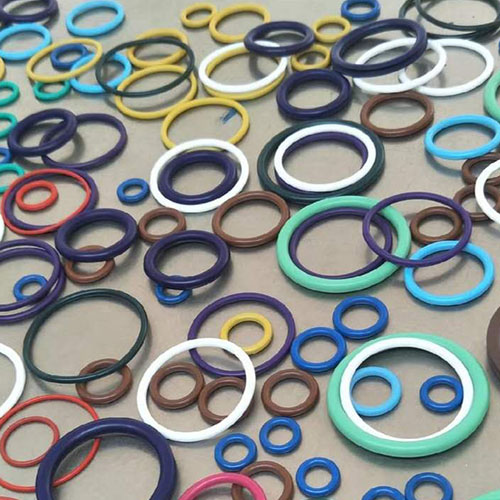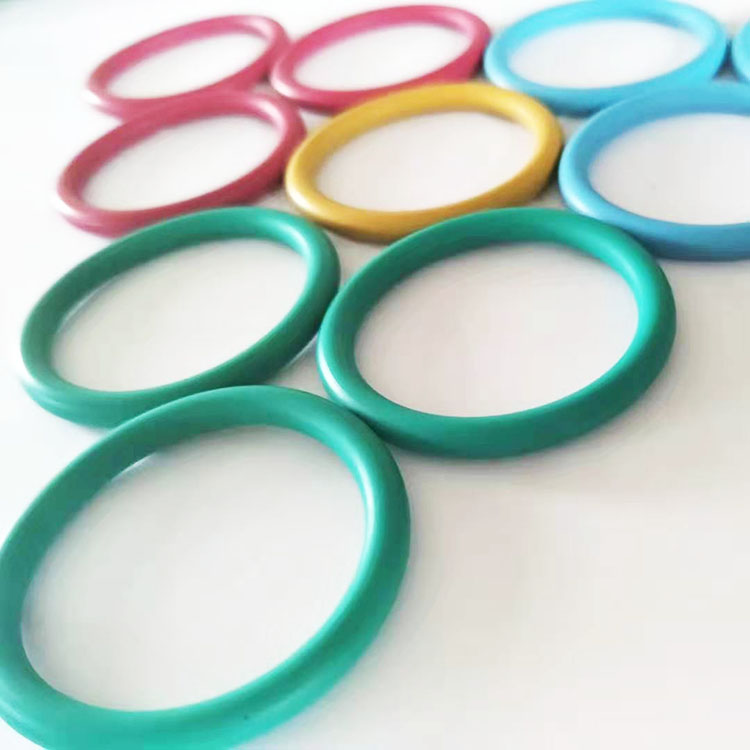Polyurethane: Innovation and the Versatile Marvel
polyurethane (IUPAC abbreviation PUR, general abbreviation PU), also known as polyurethane, polyurethane, refers to a class of polymers containing polyurethane characteristic units in the main chain. This polymer material is widely used in plastics, rubber, adhesives, coatings, low speed tires, washers, car MATS and other industrial fields. In the field of everyday life polyurethane is used to make various foams and plastic sponges.
Introduction to Polyurethane
Polyurethane is a polymer synthesized from the reaction of isocyanates and polyols. Its molecular structure is tunable, enabling the creation of polyurethanes with varying properties and traits. While in liquid form, polyurethane can flow, but it exhibits remarkable elasticity and durability upon solidification.
Historical Development
The history of polyurethane dates back to the 1930s. Initially used primarily for elastomers, advancements in technology gradually unveiled its potential in other fields. Over the past decades, manufacturing techniques have improved, enhancing the diversity and adaptability of polyurethane and broadening its scope of applications.
Characteristics and Traits
Polyurethane's unique properties render it essential across various sectors. It boasts high strength, exceptional wear resistance, and excellent elasticity, making it ideal for crafting enduring products. Additionally, polyurethane exhibits noteworthy resistance to chemical corrosion, enabling it to maintain its performance in adverse conditions.
Specific Applications
Polyurethane finds widespread use in numerous industries. It is extensively employed in the fabrication of foam materials such as seating, soundproofing, and insulating materials. Moreover, polyurethane is utilized for producing elastomeric products like footwear, cushions, and rubber items. In the realms of coatings and adhesives, polyurethane acts as a component, delivering both protective capabilities and decorative effects. Even in the fashion industry, polyurethane contributes to crafting unique textiles and clothing designs.
Advantages of Polyurethane O-Rings
Polyurethane's utility extends to the production of O-rings, which are used for sealing purposes. Compared to traditional rubber O-rings, polyurethane O-rings offer heightened wear resistance, oil resistance, and chemical corrosion resistance. These attributes enable them to maintain exceptional performance in harsh conditions, extending the lifespan of equipment.
Conclusion
As a versatile polymer material, polyurethane assumes a vital role in modern industries and lifestyles. From its introduction, developmental history, and inherent traits to specific applications, the versatility and extensive use of polyurethane are evident. Notably, in O-ring manufacturing, polyurethane's superiority lies in its exceptional durability and resistance, delivering tangible benefits to various industries. With continuous technological advancements, the prospects for polyurethane's applications will continue to expand, providing avenues for innovation and sustainable development.


